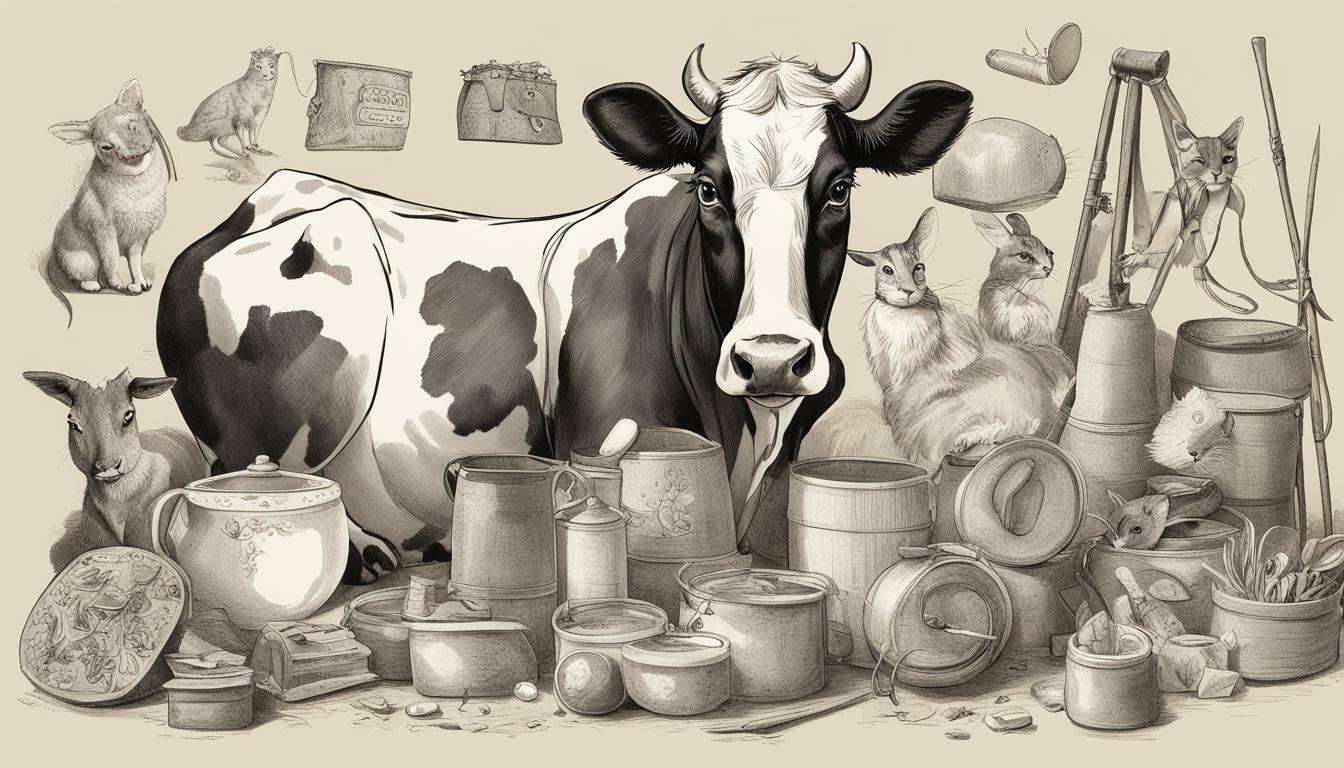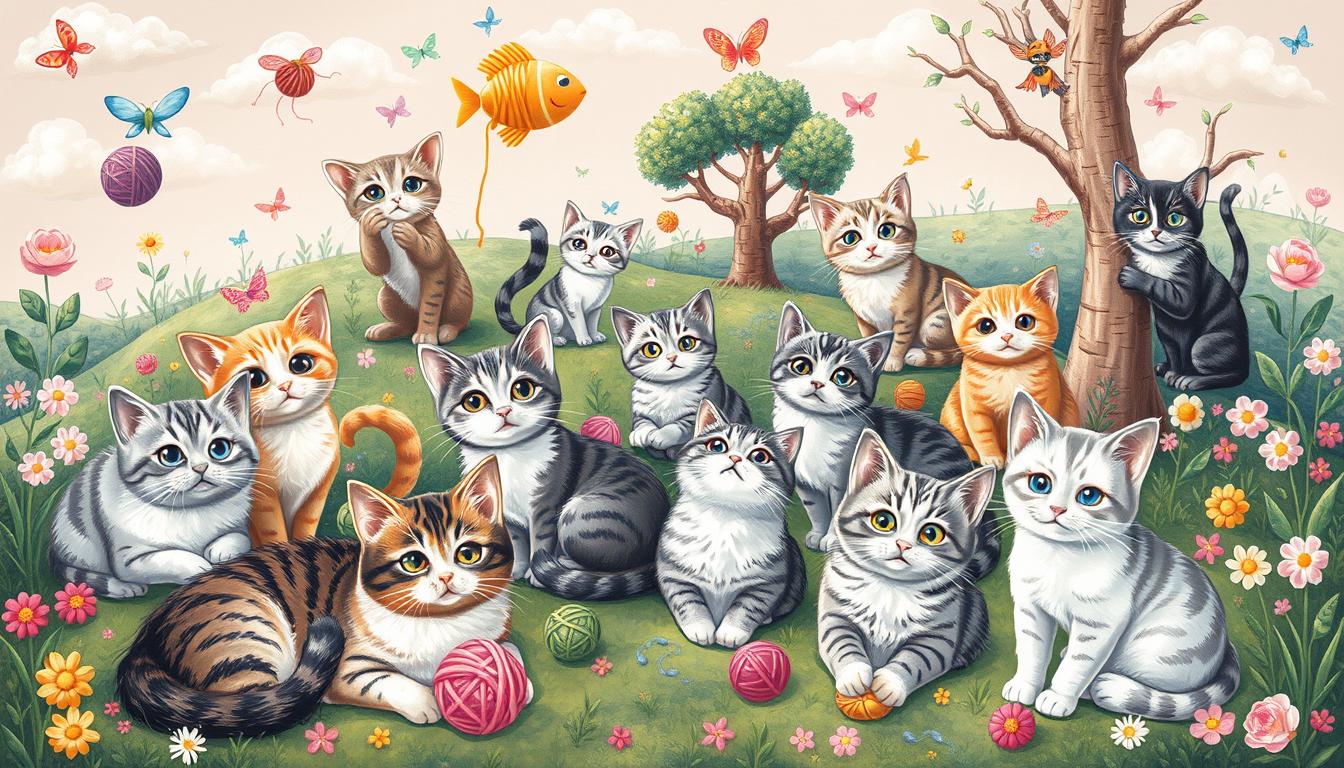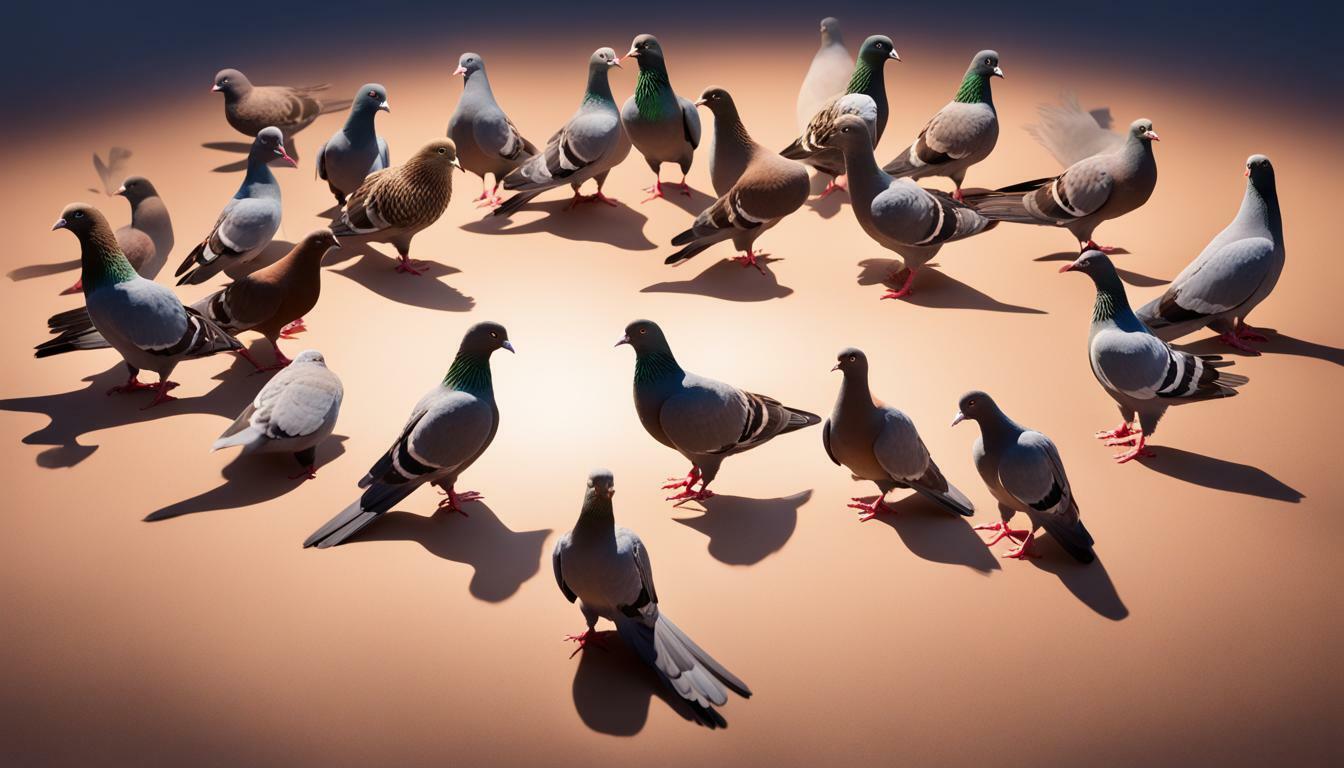Do Cows Have Whiskers? Let’s Discover the Truth!

Table of content:
- What Are Whiskers and What Is Their Purpose?
- Why Do Cows Have Whiskers?
- What Breeds of Cattle Have Prominent Whiskers?
- Do Whiskers Grow Back if Cut or Burned Off?
- Do Calves Have Whiskers Too?
- Do Bulls Have More Whiskers Than Cows?
- Do Other Farm Animals Have Whiskers?
- Do Wild Cattle Relatives Have Whiskers?
- Final Thoughts
Cows do have whiskers. Like many mammals, cattle have sensory hairs called vibrissae, more commonly known as whiskers, on their faces. These whiskers serve important functions related to the cow’s senses, environment, and survival.
What Are Whiskers and What Is Their Purpose?
Whiskers are specialized hairs that grow in patterns on a cow’s muzzle, above their eyes, and on other parts of their body. Whiskers on mammals function as delicate tactile sensors that help them navigate and perceive their surroundings.
The whiskers on a cow’s face and muzzle are arranged in neat rows and columns. They are thicker and longer than other hairs. These hairs are embedded deeply in the cow’s hair follicles, which are supplied with blood vessels and nerves. This allows the whiskers to be highly sensitive to touch and air currents.
When a cow’s whiskers brush against something, the contact gets transmitted as nerve signals to their brain. This gives them extremely detailed tactile information about their proximity to objects near their head. It can detect the shape, size, texture, and movement of items in their environment.
Why Do Cows Have Whiskers?
Cows have whiskers for several evolutionary survival purposes:
- Senses – Whiskers enhance cows’ sensory perception and ability to gather information about their surroundings. They rely on their senses of smell, hearing, and touch to assess their environment.
- Touch – The whiskers’ sensitivity to touch helps cows navigate tight or enclosed spaces. They can “feel” the width of passages to avoid getting stuck.
- Food Detection – Whiskers help cows locate and manipulate food. They use their whiskers to find grass blades and pick out grains when feeding.
- Predator Detection – Whiskers detect air currents made by an approaching predator. They serve as an early warning system and help cows react quickly.
- Social Interaction – Whiskers help cows read facial expressions and social cues from other cattle. They provide important sensory information during social grooming and mating.
In short, whiskers are an important evolutionary development that helped cattle and other mammals survive. They continue to provide cows with vital tactile information about their environment.
What Breeds of Cattle Have Prominent Whiskers?
Most cattle breeds, both beef and dairy cattle, have visible whiskers. However, some breeds have more prominent and abundant whiskers than others.
Dairy cow breeds like Holsteins, Jerseys, and Guernseys tend to have very fine, long whiskers on their muzzle. Beef cattle breeds such as Angus, Herefords, Texas Longhorns, and Highland cattle also have prominent whiskers.
Heritage breeds like Highland cattle are especially distinguished by their shaggy hair coat and bushy fringe of whiskers. Other cattle developed for cooler climates also tend to have very thick, obvious whiskers.
In contrast, breeds like Ayrshires and Dexters have shorter, sparser whiskers that are less pronounced. But all cows retain some functional whiskers that provide sensory benefits.
Do Whiskers Grow Back if Cut or Burned Off?
If a cow’s whiskers are cut or burned off, they will grow back, but very slowly over time. Whiskers follicles on cattle contain stem cells that allow the whiskers to regenerate.
However, the process of regrowing whiskers can take weeks or months. Cows rely heavily on their whiskers for sensory information, so losing them even temporarily can be disorienting and stressful.
Some dairy farmers will trim or burn cows’ whiskers to prepare their faces for show. This should never be done solely for cosmetic purposes, as it deprives the cow of important sensory organs. Whiskers should only be removed if absolutely necessary for veterinary treatment.
Do Calves Have Whiskers Too?
Yes, both newborn calves and mature cattle have whiskers. Calves are born with some whiskers in place, focused around their muzzle and eyes. Their whisker patterns become more defined as they grow.
A calf’s whiskers provide the same tactile sensory benefits as an adult cow’s whiskers. The whiskers help the calf navigate their surroundings during early development. They help the calf find the udder and teats when nursing from their mother.
A calf’s whiskers also facilitate social bonding. As the calf’s mother licks and grooms her baby, the calf’s whiskers send tactile signals that provide comfort and reinforcement.
Do Bulls Have More Whiskers Than Cows?
There is little difference between bulls and cows when it comes to whiskers. Both male and female cattle have comparable whisker distribution, though bulls tend to have an overall shaggier hair coat.
However, during mating behaviors, a bull may use its whiskers more extensively. Bulls rely on whiskers to help navigate when mounting cows. Whiskers also pick up chemical signals and social cues from cows signaling estrus or heat.
Overall, bulls do not inherently have more whiskers than cows. Both bull and cow cattle benefit equally from the tactile sensory input provided by facial whiskers.
Do Other Farm Animals Have Whiskers?
Many common farm livestock animals, not just cows, have functional whiskers:
- Goats – Goats have long, prominent whiskers on their chin and above their eyes. Their whiskers help guide them over rough terrain.
- Horses – Horses have stiff whiskers around their eyes and muzzle. These help sense objects near their face during eating.
- Pigs – Pigs have sparse whiskers on their snout. Their whiskers are very sensitive and help them root in the ground.
- Sheep – Sheep have fine whiskers on their face and eyes. Their whiskers help forage and move in tight groups.
- Chickens – Chickens have clusters of whisker-like feathers near their beak and eyes. These help guide their head movements.
So while cows have the most abundant facial whiskers, various whisker-like structures give sensory guidance to other barnyard animals.
Do Wild Cattle Relatives Have Whiskers?
The wild ancestors of domestic cattle, like aurochs, had abundant whiskers like modern cows. Whiskers served the same evolutionary purposes for these wild bovine as domestic cattle.
There are some rare wild cattle relatives that still exist:
- Banteng – This Southeast Asian wild cattle has shaggy fur and prominent whiskers.
- Gaur – This Indian wild ox has white stockings on the legs and white rings around the eyes accentuated by dark whiskers.
- Kouprey – This endangered wild cattle species has large horns and hairy ears fringed with whiskers.
- Anoa – This dwarf buffalo has dark shaggy fur and thick whiskers on its chin.
- Tamaraw – This Philippines dwarf buffalo has whiskered muzzles to help navigate its jungle habitat.
So throughout cattle’s evolutionary lineage, whiskers have provided vital sensory benefits that aid in the survival of bovine species.
Final Thoughts
In summary, cows definitely have prominent whiskers, which serve important purposes. A cow’s whiskers provide sensory information that helps them perceive their environment and aids their survival. Whiskers help cows feed, socialize, detect danger, and safely navigate spaces. All cattle benefit from whiskers, though heritage breeds often showcase the most abundant whiskers. While whiskers can be removed, they will slowly regrow over time if given the chance. Whiskers are just one example of the amazing evolutionary adaptations in cattle and other farm animals.
Welcome. I’m Adreena Shanum, the proud owner of this website, and I am incredibly passionate about animals, especially poultry. I founded adreenapets.com as a labor of love, stemming from my desire to share my knowledge and experiences with poultry enthusiasts worldwide.




